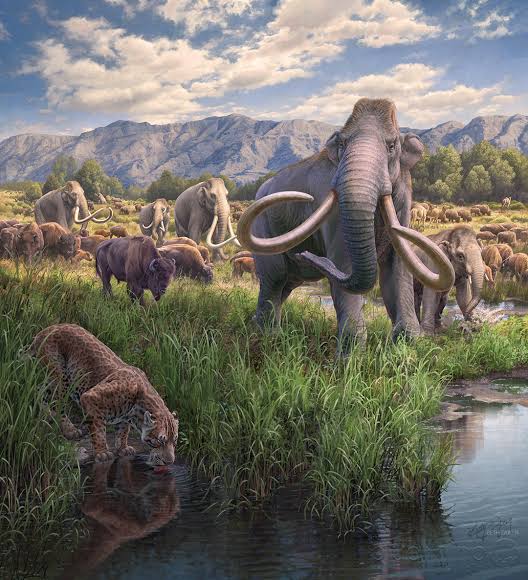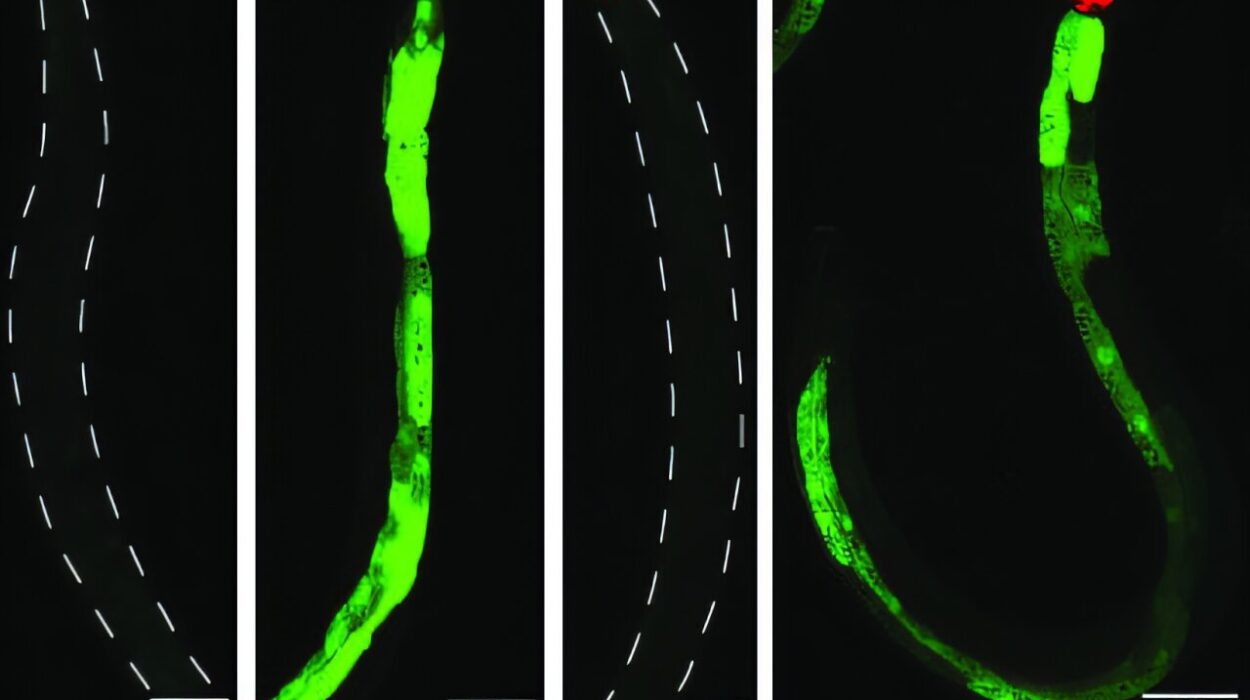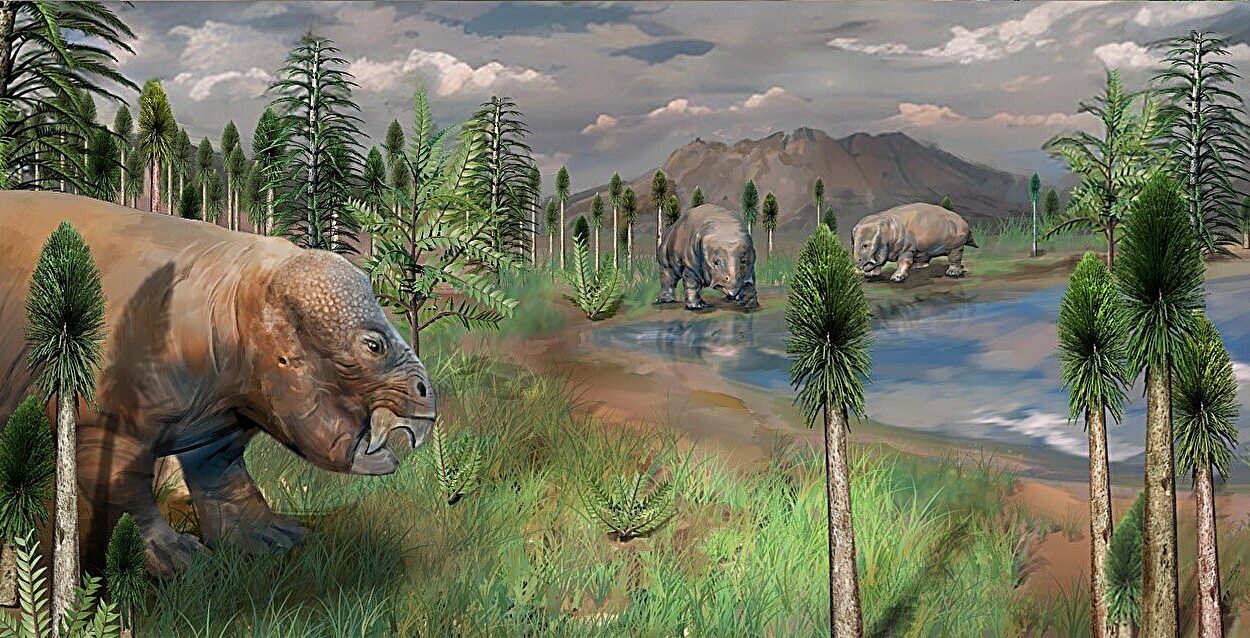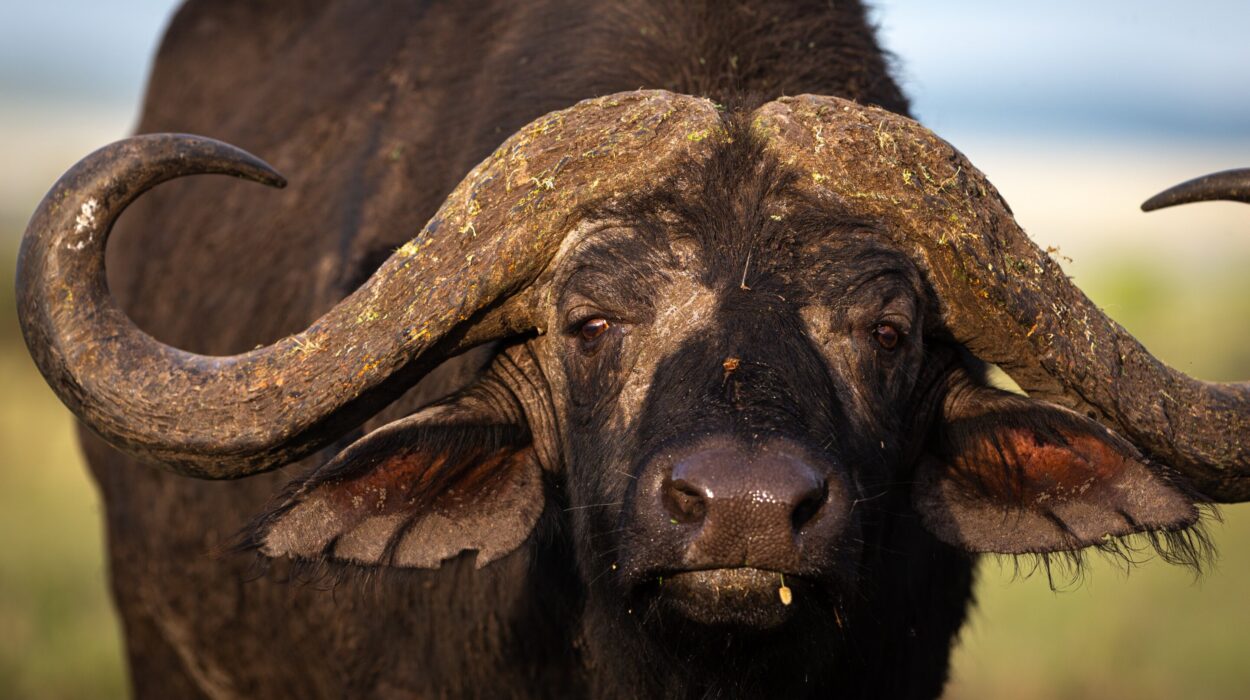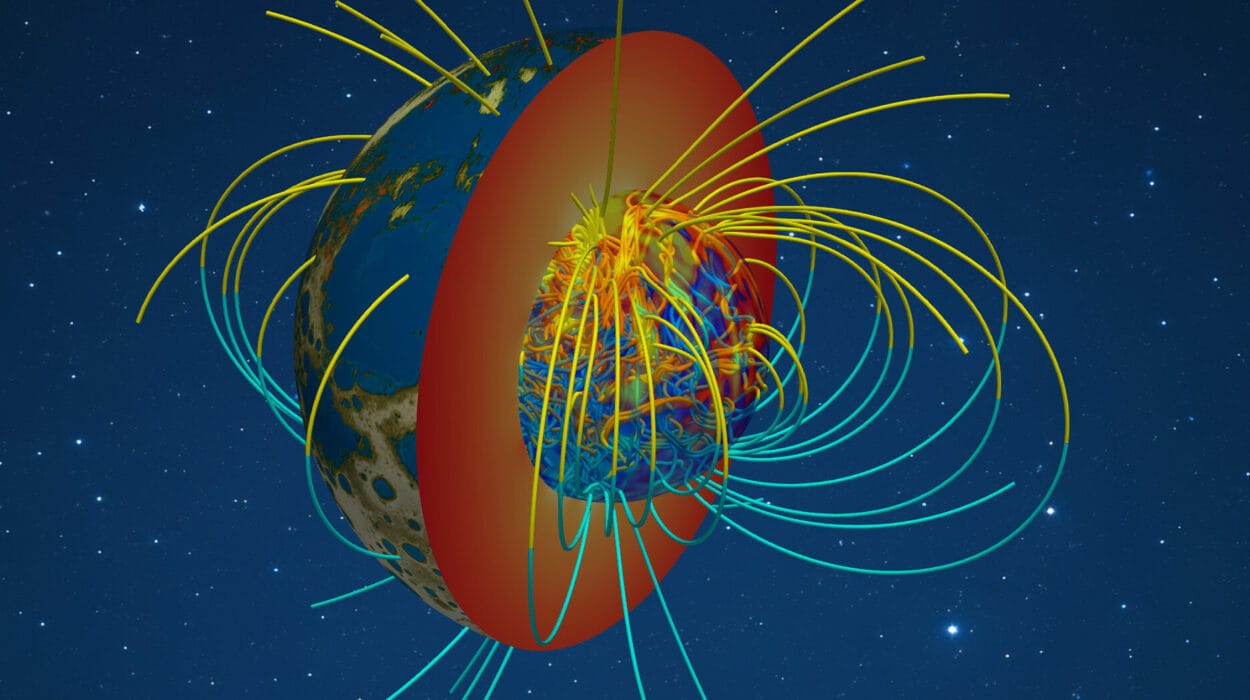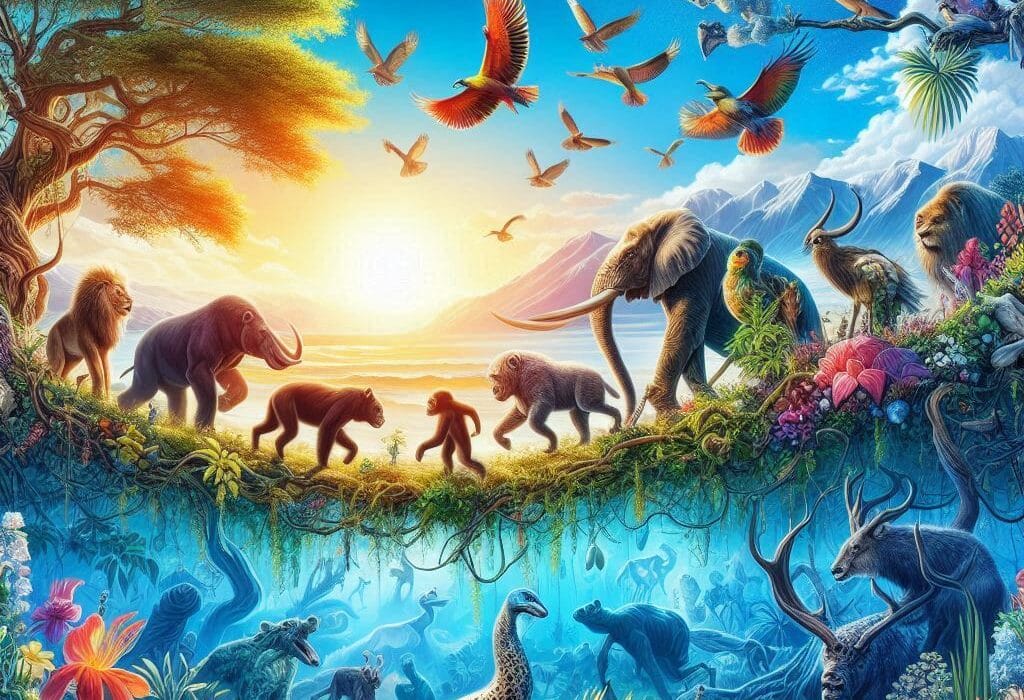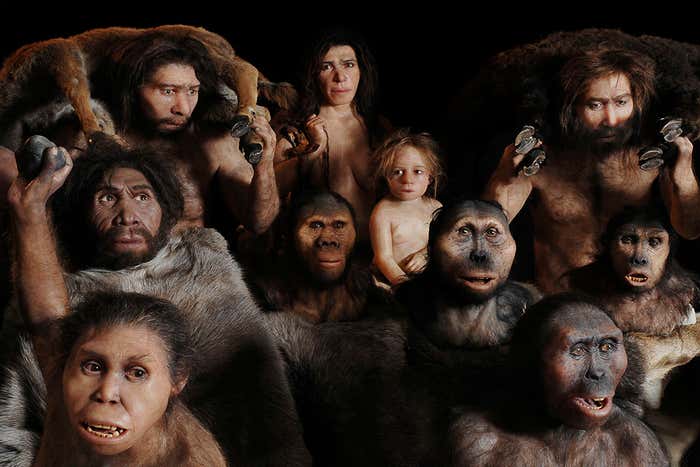Long before cities sprawled and airplanes roared through the skies, before writing etched history into stone, Earth was a colder, wilder world. During the Ice Age—a vast expanse of geological time marked by glaciers, giant beasts, and climatic extremes—life took forms that now seem almost mythical. The creatures that roamed its frigid plains, climbed its glacial hills, and fished its icy rivers have long since vanished. Yet they left behind clues—whispers frozen in time, preserved in rock and ice. These clues are the Ice Age fossils: bones, teeth, tusks, footprints, even entire bodies entombed in permafrost, waiting to tell their story.
To speak of Ice Age fossils is to peel back the layers of Earth’s memory, one frozen bone at a time. It is a journey through millennia, guided by remnants of mastodons and saber-toothed cats, of woolly rhinoceroses and colossal cave bears. And it is also a story about us—how early humans hunted, migrated, survived, and thrived in a world both breathtakingly beautiful and unspeakably brutal.
The Nature of an Ice Age
Before we delve into fossils, we must understand the setting. An Ice Age is not just a single cold snap—it is a prolonged period in Earth’s history where polar ice sheets expand and cover vast parts of the continents. Our planet has experienced multiple Ice Ages, but the most recent—the Quaternary Ice Age—began about 2.6 million years ago and, astonishingly, is still ongoing. We are currently in a warmer phase known as an interglacial period.
Within this era, the last major glacial maximum peaked around 20,000 years ago, when enormous glaciers blanketed North America, Europe, and Asia. As temperatures dropped, ecosystems shifted. Deserts shrank, grasslands spread, and cold-tolerant species evolved or migrated. Where mammoths once thundered, their echoes now lie buried, waiting for science to uncover them.
What Makes a Fossil from the Ice Age?
Ice Age fossils are remnants of organisms that lived during the Pleistocene Epoch, which lasted from about 2.6 million years ago to roughly 11,700 years ago. The end of the Pleistocene marked a dramatic change in Earth’s climate and the extinction of many large-bodied animals, often called “megafauna.”
These fossils are incredibly diverse. Some are bones and teeth, mineralized and durable. Others are hair, skin, and muscle—organic tissues preserved in peat bogs or permafrost. Occasionally, an entire animal is discovered, astonishingly intact: eyes frozen open, stomach contents undigested, fur still plush.
Not all fossils need to be petrified to count as fossils. The term encompasses any preserved remains or traces of ancient life. In the case of Ice Age fossils, many specimens are not fully mineralized due to the relatively recent timeframe and cold-preservation environments.
There are also trace fossils: footprints, burrows, and feces (coprolites). These give paleontologists insight into behavior—how animals moved, what they ate, and how they interacted with their environment.
The Iconic Giants of the Ice
No discussion of Ice Age fossils would be complete without honoring the giants that once ruled the frozen world. Among the most famous is the woolly mammoth (Mammuthus primigenius), with its massive, spiraled tusks and shaggy fur. Close cousins to modern elephants, mammoths adapted beautifully to the cold with layers of fat, long hair, and small ears to minimize heat loss.
Then there was the saber-toothed cat (Smilodon fatalis), its long, curved canine teeth more reminiscent of a fantasy beast than a terrestrial predator. Contrary to popular belief, it likely hunted by ambush, driving its fangs into the throats of bison, camels, or young mammoths.
The dire wolf (Canis dirus) and the American lion (Panthera leo atrox) were other apex predators of the time, competing for territory and prey. Meanwhile, herbivores like the giant ground sloth (Megatherium), which could tower over a human even on all fours, slowly roamed the open plains, their bones now resting in museum halls or beneath feet of sediment.
And beyond the megafauna were thousands of less celebrated species: giant beavers, Ice Age horses, musk oxen, and short-faced bears. Many of these creatures vanished in a relatively short span—extinct within a few thousand years after the Ice Age ended.
How Fossils Are Formed in Frozen Worlds
Preservation during the Ice Age could occur in several different ways. The most dramatic is permafrost mummification. When an animal died in a cold environment—especially in Siberia, Alaska, or Northern Canada—it could be rapidly buried by snow and frozen solid. This freezing process effectively halted decay, preserving not only bones but soft tissue, hair, and even cellular structures.
Another method of preservation was entrapment in tar pits. These natural asphalt seeps, such as those found in La Brea in Los Angeles, lured animals in with the illusion of a solid surface or water pooled on the sticky tar. Once trapped, animals struggled and died, their carcasses buried under subsequent deposits of tar and sediment. Over thousands of years, these pits accumulated an astonishing fossil record, especially of predators.
Peat bogs, oxygen-poor and acidic, also offered a natural preservation chamber. Although more common in Europe, bogs have yielded preserved remains of humans and animals alike, their flesh leathery but intact, their stories remarkably legible.
Finally, traditional fossilization—where minerals replace organic materials—did occur, especially in less frigid regions. These fossils required burial under sediment, mineral-rich water, and millions of years of slow geological change.
Legendary Fossil Sites and Their Haunting Yields
Some places on Earth are particularly rich in Ice Age fossils, and they have become both scientific treasures and cultural landmarks.
In Siberia’s vast tundra, reindeer herders and local villagers often stumble upon mammoth tusks protruding from melting permafrost. As the Arctic warms, what was once locked beneath ice for tens of thousands of years is re-emerging. The remains are sometimes so well-preserved that scientists can examine stomach contents, estimate age, and reconstruct life histories.
Alaska and the Yukon are also fossil-rich territories. Entire herds of mammoths and bison lie buried beneath layers of windblown loess—fine, silty soil laid down during glacial storms. Gold miners have unearthed countless bones in these regions, often more as bycatch than by design.
In the American Southwest, caves like the Rampart Cave in Arizona have yielded copious amounts of sloth dung and hair. These remains allow scientists to understand the diets, microbiomes, and behaviors of creatures long gone.
The La Brea Tar Pits, located in the heart of modern-day Los Angeles, are perhaps the most famous Ice Age fossil site in the world. Thousands of specimens have been recovered—so many dire wolves, for example, that their skulls line the walls of the onsite museum. Unlike permafrost sites, which often preserve solitary individuals, tar pits capture entire ecosystems, offering an unparalleled window into predator-prey dynamics.
In South America, Argentina and Chile have yielded remains of massive ground sloths and armored glyptodonts—creatures that resembled VW Beetles covered in turtle shells. In Europe, the caves of France and Spain have not only yielded Ice Age fossils but also astonishing cave paintings that depict these extinct animals in vibrant, ochre-streaked hues.
The Human Thread
Ice Age fossils are not limited to animals. Increasingly, anthropologists are uncovering fossilized remains of humans and human ancestors from the same epoch. Neanderthals, Denisovans, and anatomically modern Homo sapiens all roamed the Earth during this time. Some sites preserve bones and tools; others preserve footprints, hearths, or engraved stones.
The discovery of human remains alongside Ice Age megafauna has helped scientists better understand migration patterns, hunting strategies, and even emotional lives. Evidence from burial sites suggests early humans mourned their dead. Traces of ochre, flowers, and ritual items accompany some Ice Age burials, indicating complex cognitive and cultural behavior.
But our species, too, played a role in the end of the Ice Age giants. Though climate change was certainly a factor in their extinction, many scientists now agree that human hunting pressures contributed significantly, particularly in North America and Australia. It is a legacy that forces modern humanity to reckon with its long history as both a marvel of adaptation and an agent of destruction.
What Fossils Reveal About a Changing Planet
Ice Age fossils are not merely curiosities. They are vital indicators of past climates, ecosystems, and evolutionary pressures. By analyzing the isotopic composition of bones, for example, scientists can determine ancient diets and migratory patterns. Studying tooth wear and bone injuries sheds light on predator-prey relationships, seasonal behaviors, and social structures.
Fossils also allow researchers to calibrate models of climate change. By understanding how ecosystems responded to past warming events—especially the rapid warming at the end of the last glacial period—we gain insight into our own future.
In that sense, every mammoth tusk and dire wolf skull is more than a relic. It is a data point in the grand story of Earth’s resilience and transformation. It speaks of survival, extinction, adaptation, and the delicate balance of life on a planet that is anything but static.
A Living Legacy
Despite their antiquity, Ice Age fossils have not disappeared into irrelevance. In fact, they are more urgent than ever. As climate change accelerates, the permafrost that once preserved ancient life is thawing at an alarming rate. While this has led to new discoveries, it has also caused damage: DNA degrades, remains collapse, and entire chapters of history may melt before they can be read.
Meanwhile, there is a growing scientific movement to recover not just fossils—but the genes locked inside them. Using advanced techniques, researchers have sequenced DNA from mammoths, cave bears, and even Neanderthals. This genetic material allows us to peer into the past in unprecedented detail, understanding not just form but function.
Some even whisper of “de-extinction”—the controversial idea of resurrecting lost species through genetic engineering. Could mammoths one day thunder again across Siberia? While such projects are still speculative, they raise profound ethical and ecological questions about what it means to bring back a species, and whether we should.
The Bone-Chilling Beauty of Deep Time
To hold an Ice Age fossil is to hold a moment frozen in time. It is to touch a world that once was and to feel, just for an instant, the icy breath of a vanished age. In the curve of a tusk, the blade of a tooth, or the outline of a hoofprint pressed into ancient mud, we find ourselves face-to-face with deep time.
These fossils are reminders that the Earth we know is not the Earth that was. They show us that change is the only constant, and that the past is never truly gone—it waits, patiently, beneath our feet, in the ice, in the earth, and in our own DNA.
And perhaps, in studying them, we gain something more than knowledge. We gain humility. We gain awe. We gain a sense of place in a story that began long before us and will continue long after. The Ice Age was not merely an age of cold—it was an age of wonder, of struggle, of giants and dreams.
And in the bones left behind, that wonder still speaks.
